Growth in Consumer Electronics
The Silicone Release Coating Market is also benefiting from the rapid growth in the consumer electronics sector. As technology advances, the demand for high-performance materials that can withstand rigorous manufacturing processes is increasing. Silicone release coatings are essential in the production of various electronic components, including circuit boards and flexible displays. The consumer electronics market is projected to reach a valuation of over 2 trillion dollars by 2025, indicating a substantial opportunity for the Silicone Release Coating Market. The ability of silicone coatings to provide excellent release properties while ensuring the integrity of sensitive electronic components positions them as a critical material in this expanding market.
Expansion in the Automotive Sector
The automotive industry is another critical driver for the Silicone Release Coating Market. With the increasing production of vehicles and the demand for lightweight materials, silicone release coatings are being utilized in various applications, including interior and exterior components. These coatings provide essential properties such as heat resistance and durability, which are vital for automotive parts. As the automotive sector is expected to grow at a compound annual growth rate of approximately 4% through 2025, the Silicone Release Coating Market is likely to see a corresponding increase in demand. The trend towards electric vehicles and advanced manufacturing techniques further enhances the relevance of silicone coatings in this sector.
Rising Demand in Packaging Industry
The Silicone Release Coating Market is experiencing a notable surge in demand, particularly within the packaging sector. This growth is largely attributed to the increasing need for efficient packaging solutions that enhance product shelf life and maintain quality. Silicone release coatings are integral in the production of labels, tapes, and flexible packaging materials, providing excellent release properties. As the packaging industry is projected to reach a valuation of over 1 trillion dollars by 2025, the Silicone Release Coating Market is poised to benefit significantly from this expansion. The ability of silicone coatings to withstand various environmental conditions while ensuring product integrity makes them a preferred choice among manufacturers, thereby driving market growth.
Increased Focus on Sustainable Solutions
Sustainability is becoming a pivotal focus across various industries, including the Silicone Release Coating Market. Manufacturers are increasingly seeking eco-friendly alternatives that do not compromise on performance. Silicone release coatings are often favored for their lower environmental impact compared to traditional coatings. As regulations tighten and consumer preferences shift towards sustainable products, the demand for silicone coatings is expected to rise. The market for sustainable packaging solutions is anticipated to grow significantly, which will likely benefit the Silicone Release Coating Market. This trend towards sustainability not only aligns with global environmental goals but also enhances brand reputation for companies adopting these innovative solutions.
Technological Innovations in Coating Applications
Technological advancements are playing a crucial role in shaping the Silicone Release Coating Market. Innovations in coating formulations and application techniques are enhancing the performance and versatility of silicone coatings. New technologies allow for improved adhesion, durability, and resistance to various environmental factors, making silicone coatings more appealing to manufacturers across different sectors. As industries continue to evolve, the demand for advanced coating solutions is expected to increase. The Silicone Release Coating Market is likely to benefit from these innovations, as they enable the development of more efficient and effective products. This ongoing evolution in technology suggests a promising future for the market.


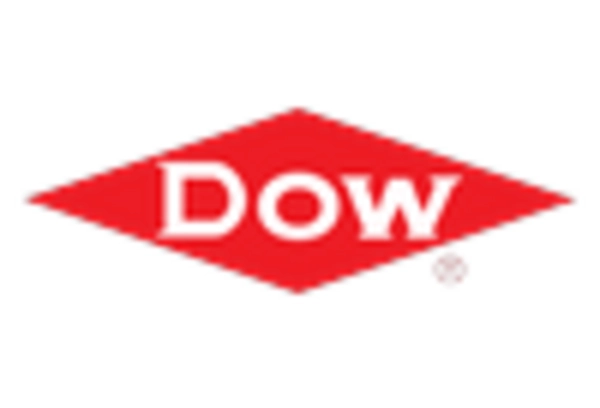
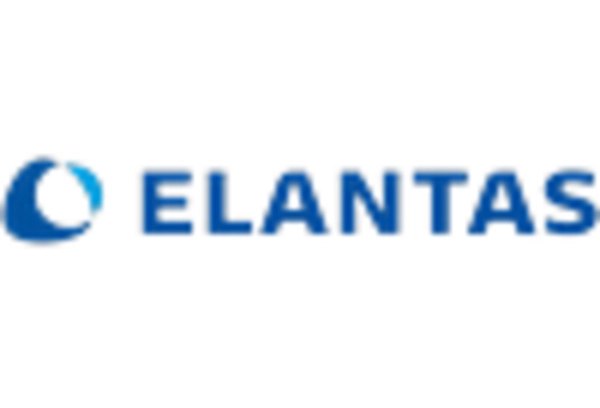

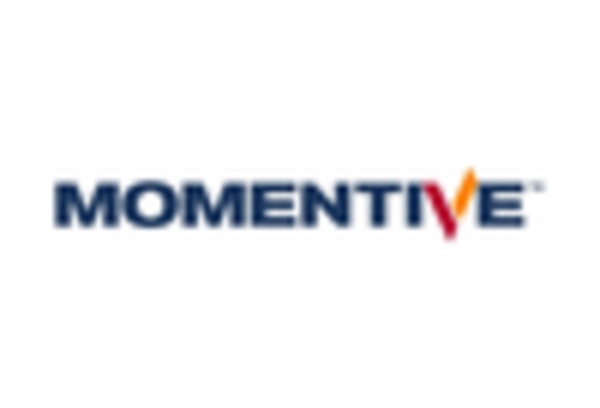
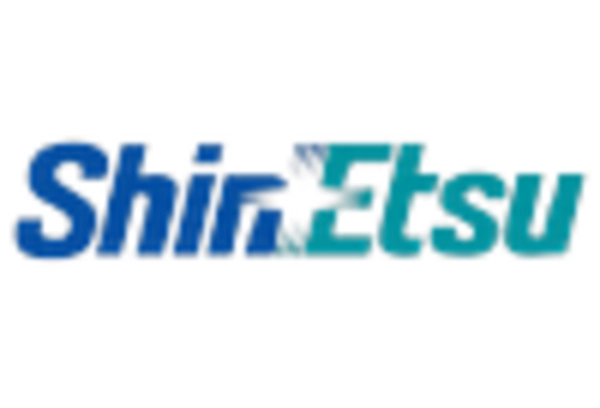
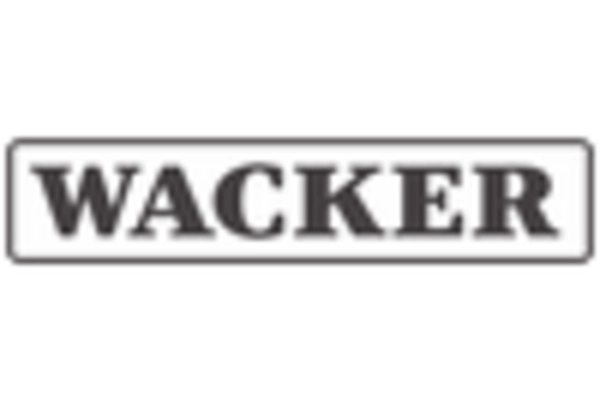








Leave a Comment